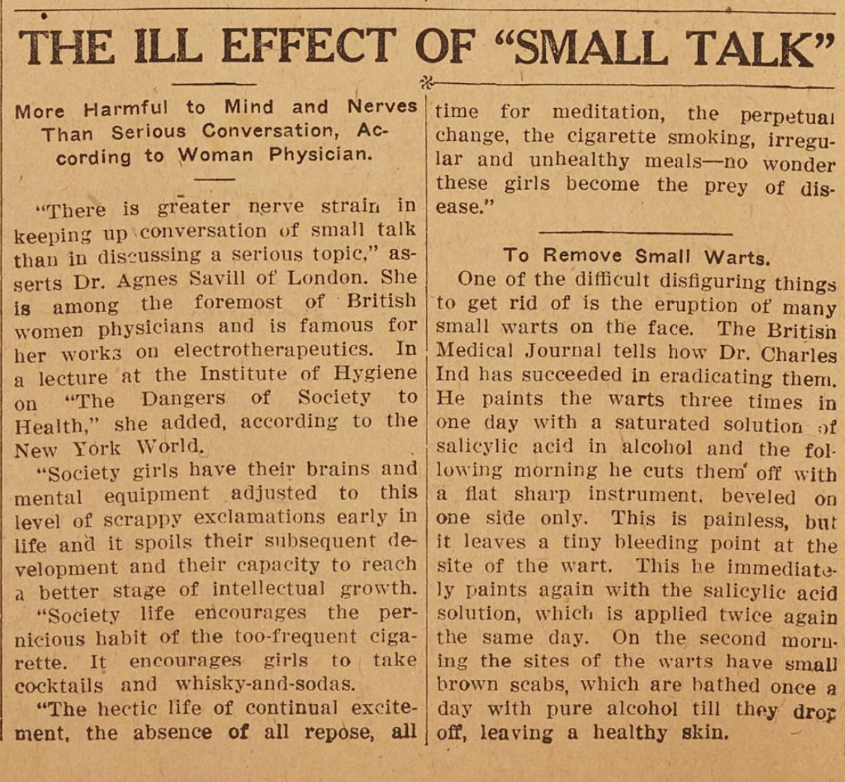New to DigitalNC is our primary source set on the Blue Ridge Parkway, which traces the history of this popular tourist destination from its initial creation and construction in the 1930s to the building of its final “missing link” decades later. The Parkway is a well-loved and widely visited attraction today, but its history shows that conflict, especially disputes over land and route planning, played a key role in preventing the Parkway’s construction.
The Blue Ridge Parkway set consists of various written (newspapers) and visual (photographs, maps, postcards) material to demonstrate the history of the road through primary sources. Other sections of this set include background information, context statements, discussion questions, outside resources, and a timeline. Here is a brief look at the primary source set for North Carolina’s Blue Ridge Parkway:
North Carolina’s Blue Ridge Parkway
Time period: 1933-1962
The Blue Ridge Parkway is a scenic road that stretches 469 miles across the states of Virginia and North Carolina. Since the 1940s, the Parkway has been a favorite destination of tourists, who travel the road to experience its mountain views and visit nearby towns and attractions. The project to create the Parkway was first funded by the Public Works Administration (PWA) in 1933. As one of President Franklin D. Roosevelt’s New Deal agencies, the PWA was established to fight the impact of the Great Depression by providing funds to large public works projects where young men could find employment.
After the Parkway project received funding from the PWA, conflict over route planning began. The Parkway was meant to connect two national parks together: Shenandoah National Park in Virginia and the Great Smoky Mountains National Park in North Carolina and Tennessee. Officials from North Carolina and Tennessee gave conflicting proposals on the Parkway’s route, giving way to a long fight over which proposal would receive approval. Other conflicts soon followed, most related to Parkway routes or land ownership. Eminent domain issues troubled Appalachian landowners; the Eastern Band of Cherokee Indians fought against routes that would cut through important sections of their land; one businessman pushed back against a route that would impact his mountain tourist attraction, preventing the Parkway’s completion until 1987.
Although the Blue Ridge Parkway was created to connect two national parks, increase tourism in the region, and provide jobs for the unemployed, conflict played a part in preventing the achievement of these goals and in extending the Parkway’s construction.
Teachers, students, researchers, and anyone who is interested in learning more about the history of the Blue Ridge Parkway in North Carolina can find the primary source set on our resources page. If you would like to provide feedback on the sets, please contact us here.


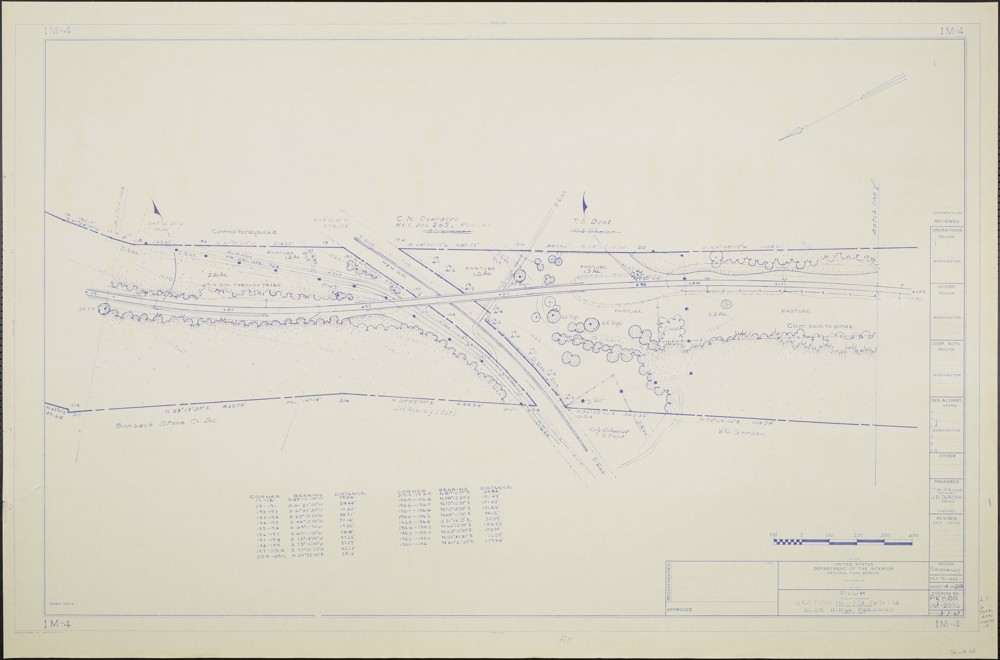
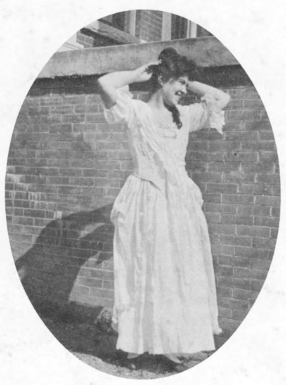
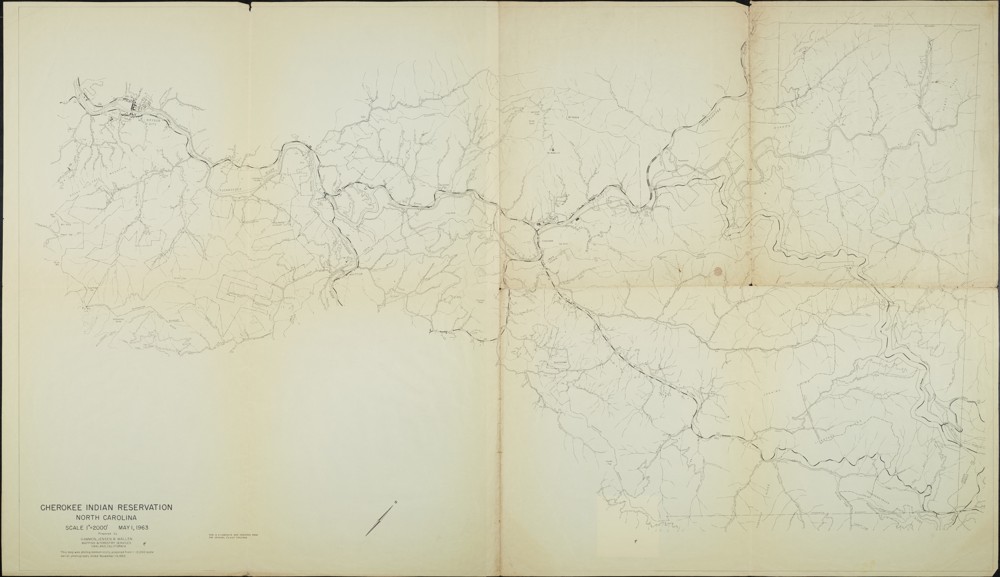
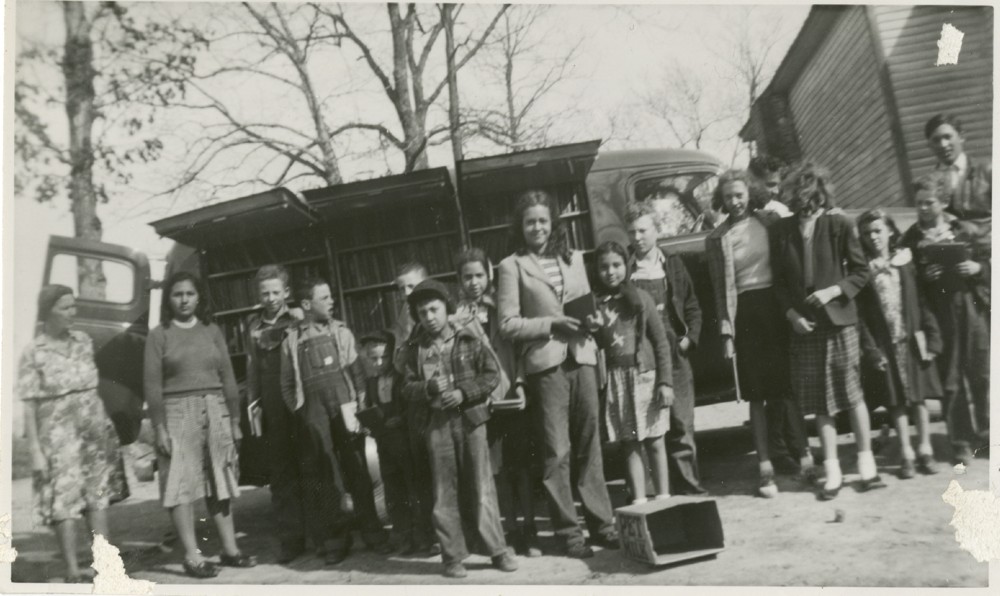
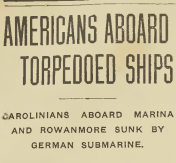
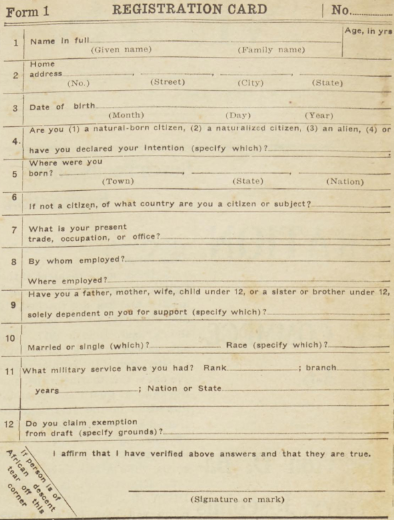
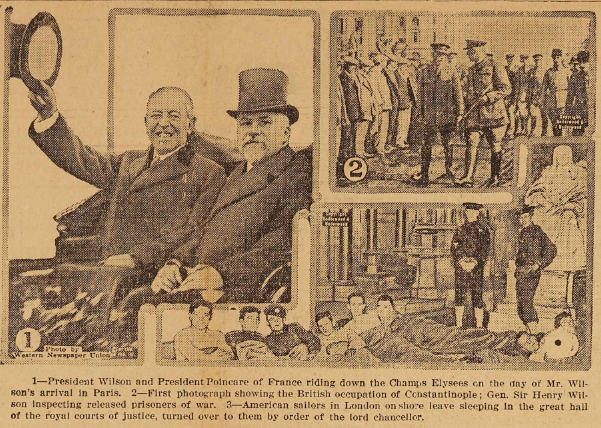
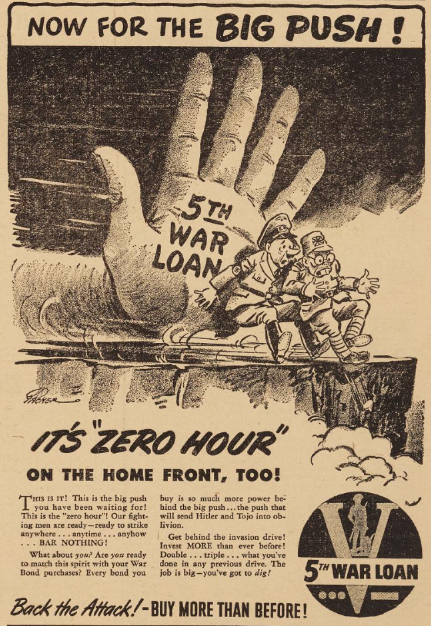
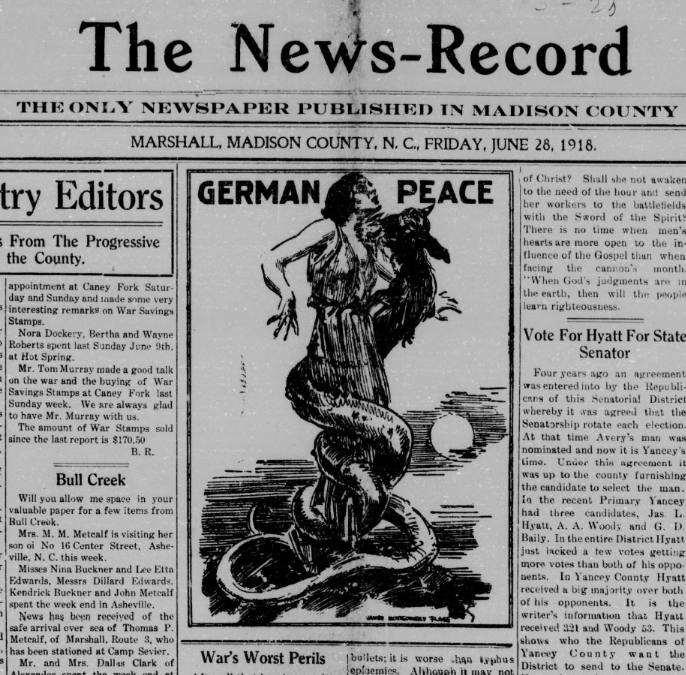
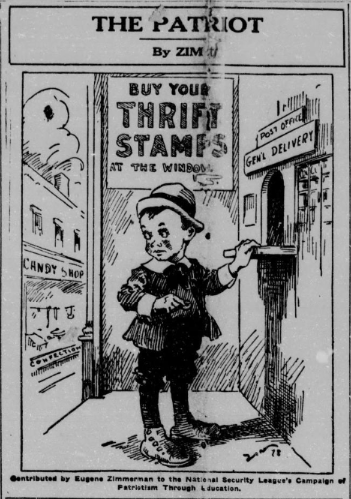
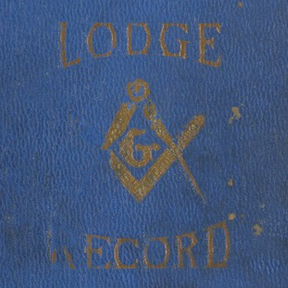
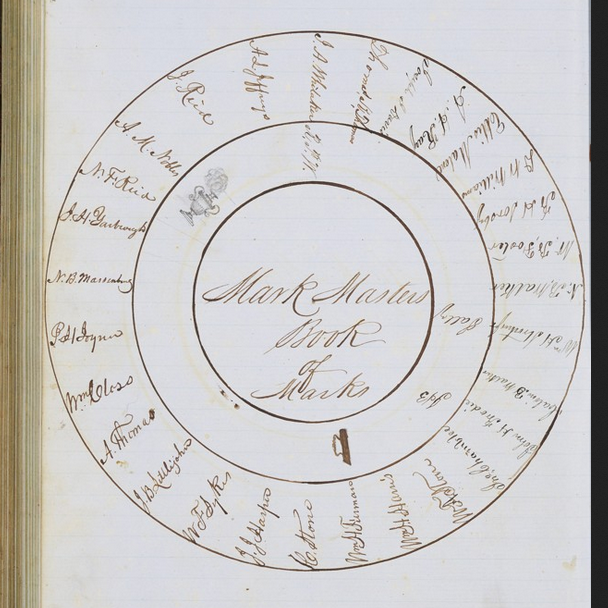
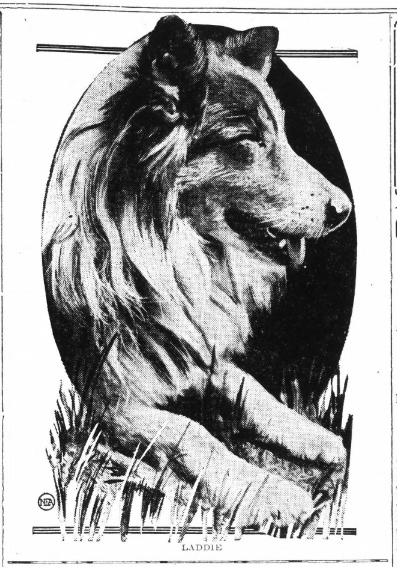

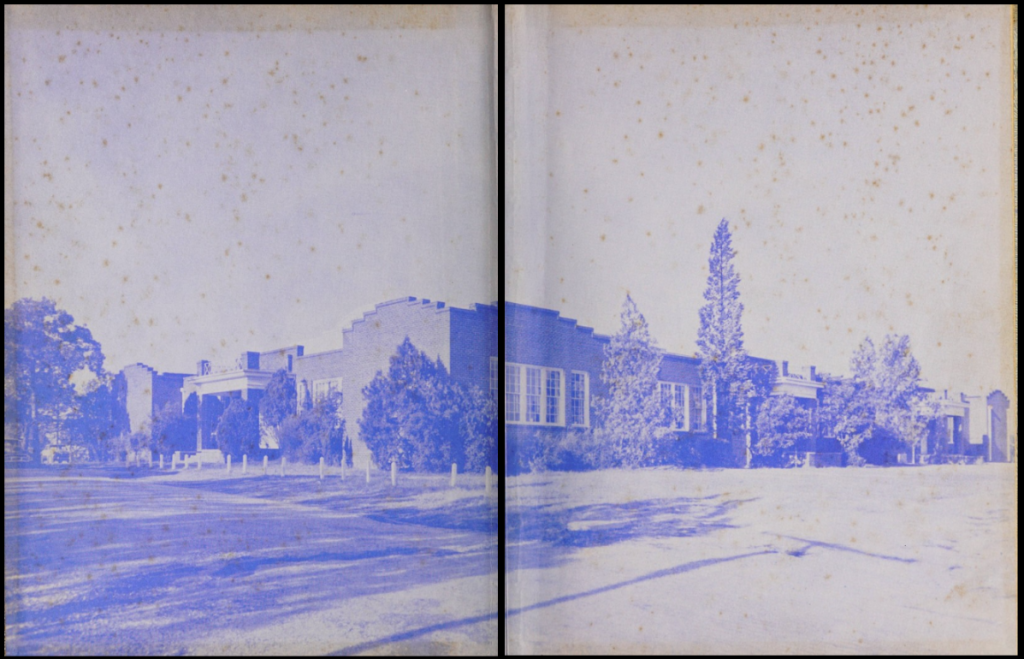

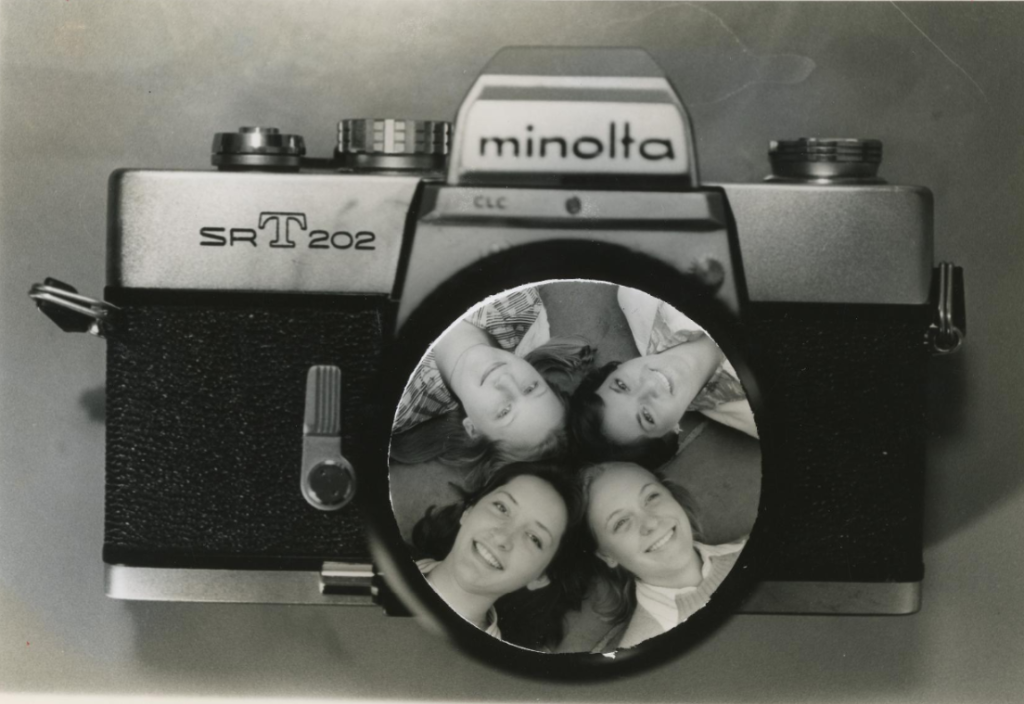
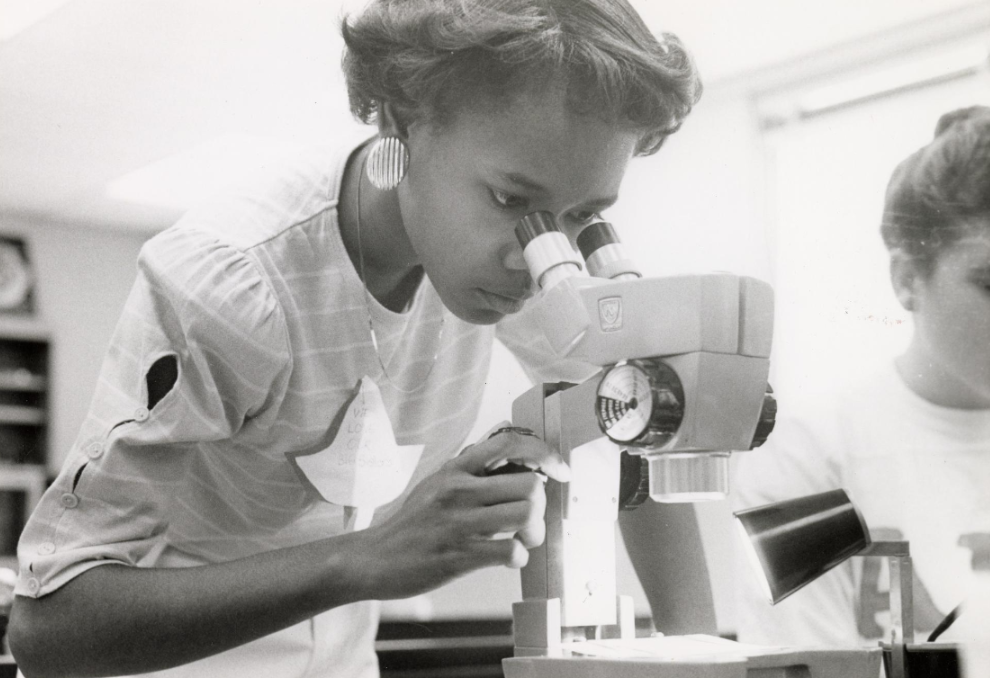
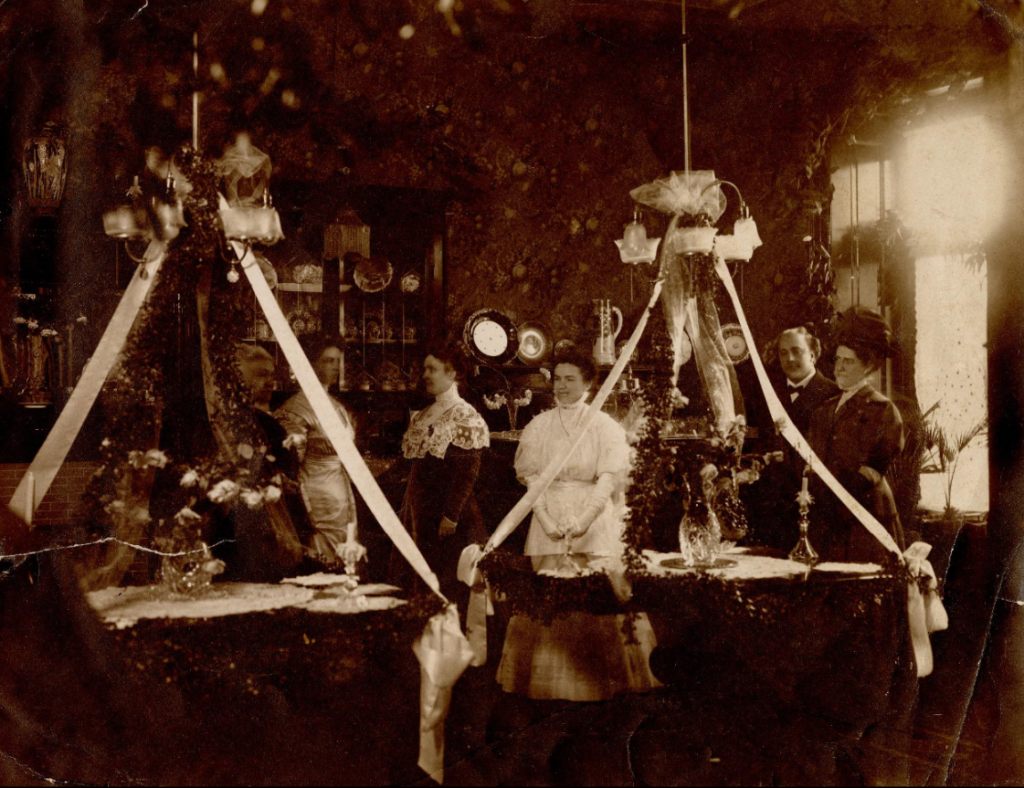
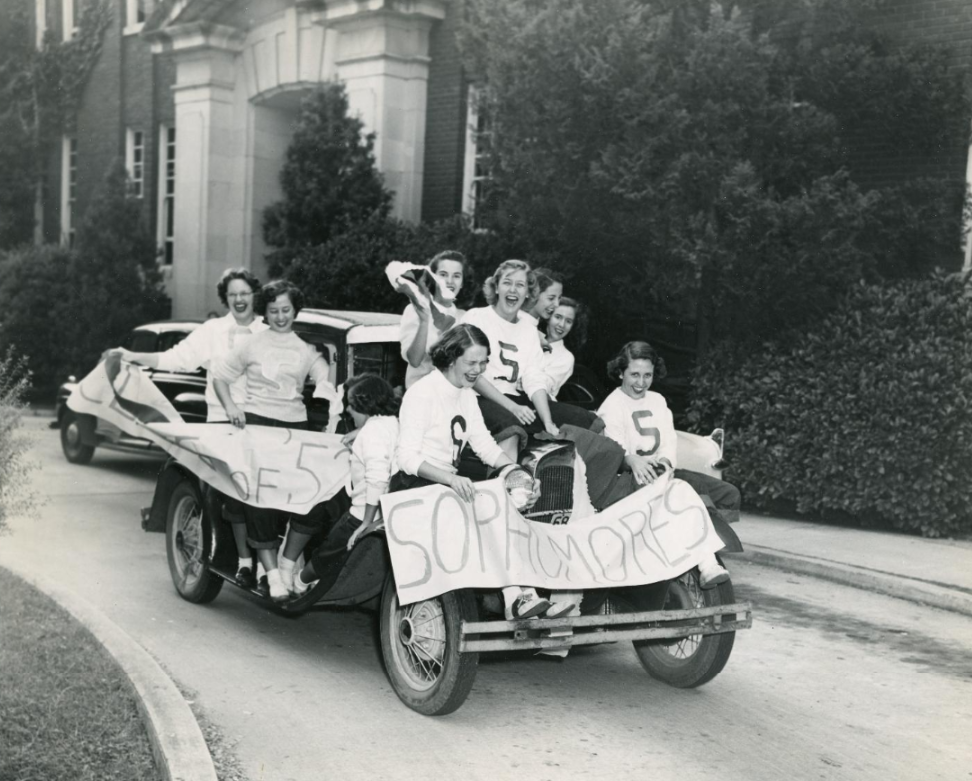
![A picture of the title page of The Ramsonian [1956] yearbook. There is a cartoon illustration of a bighorn ram wearing a hat with an "R" on the front. Below the ram, the title, "The Ramsonian," is printed in cursive script.](https://www.digitalnc.org/wp-content/uploads/2025/01/Screenshot-2025-01-27-113346.png)

